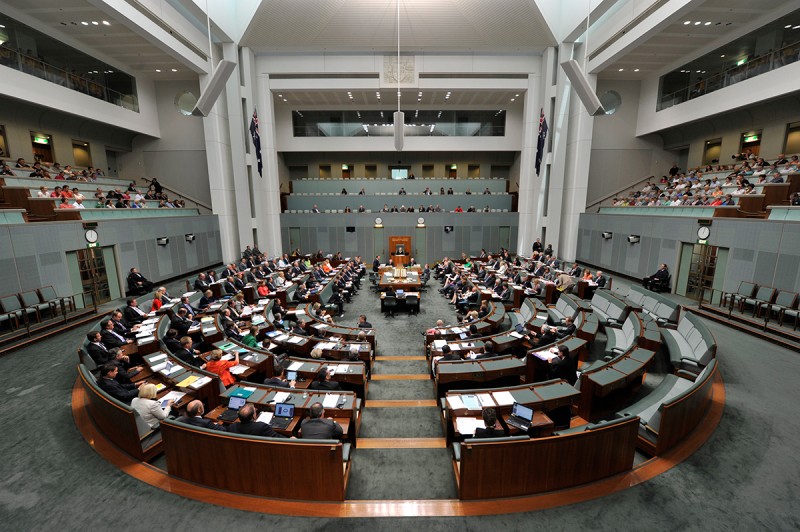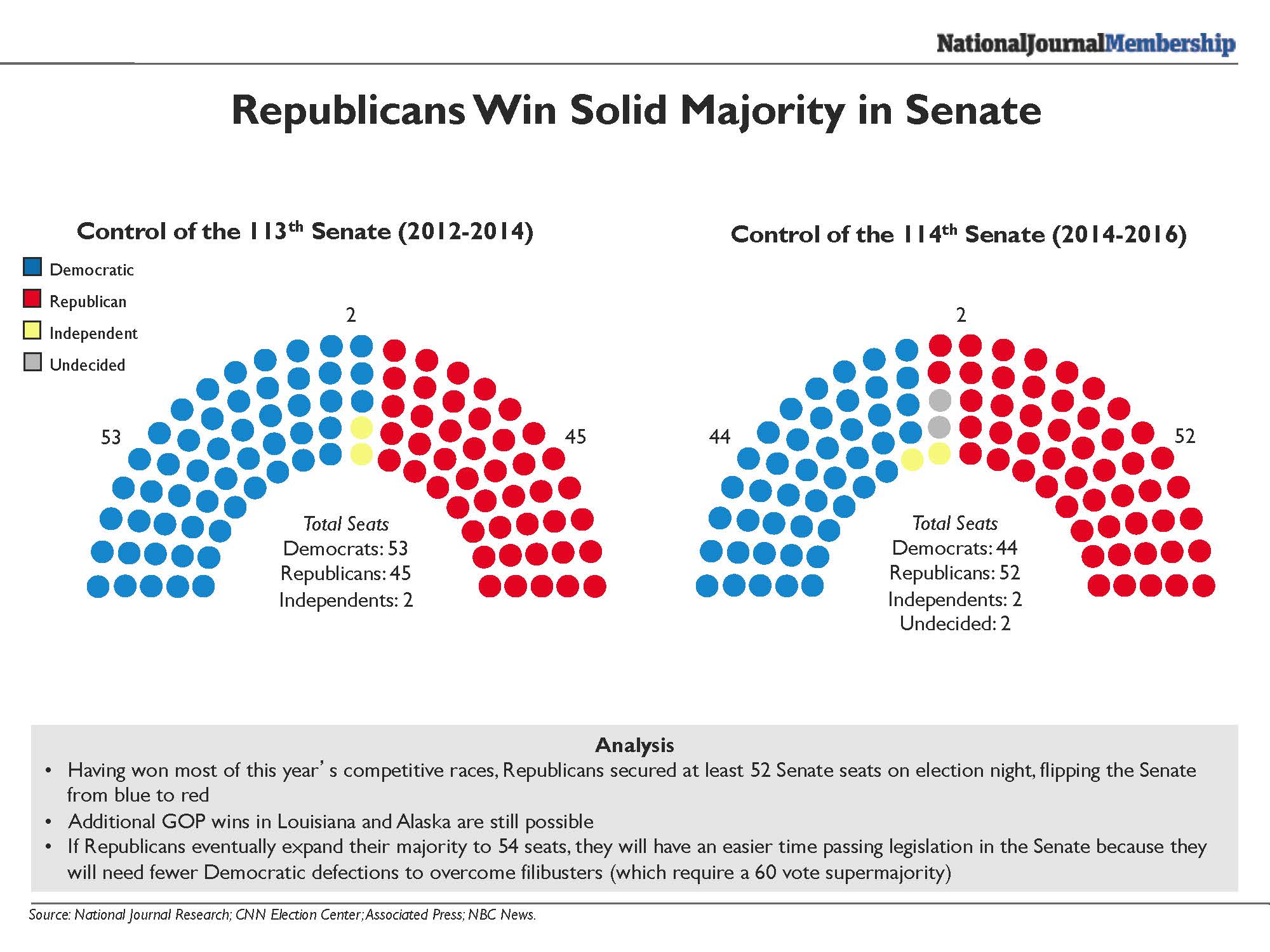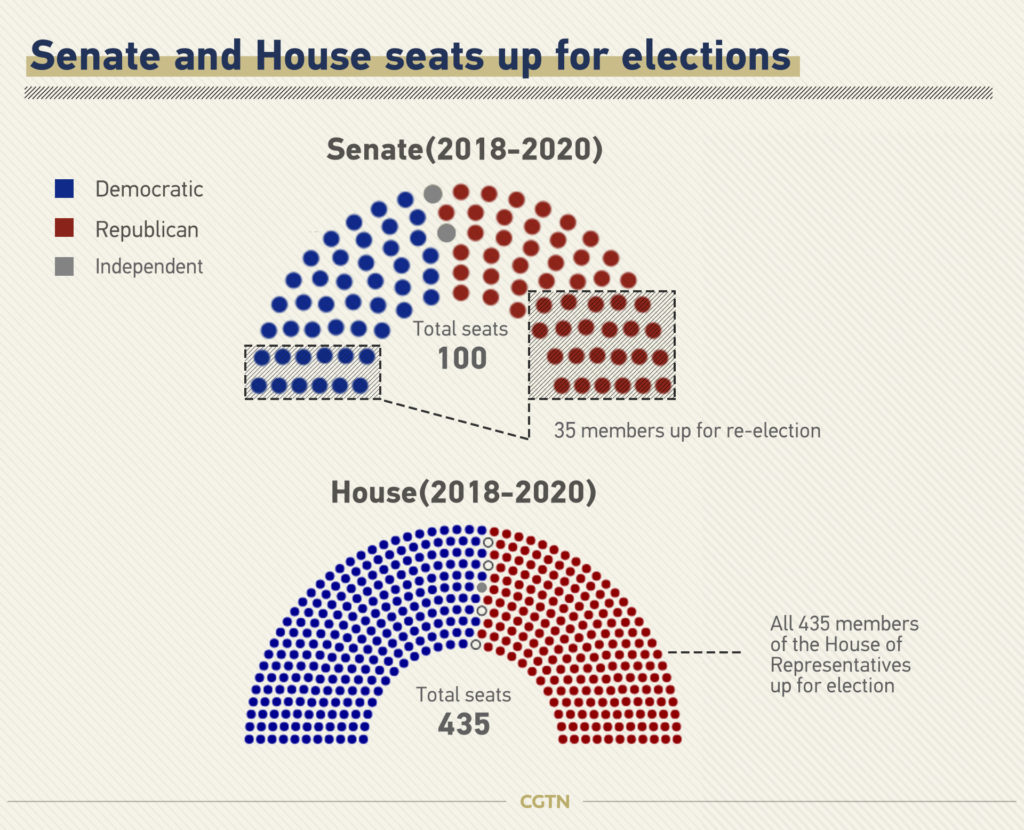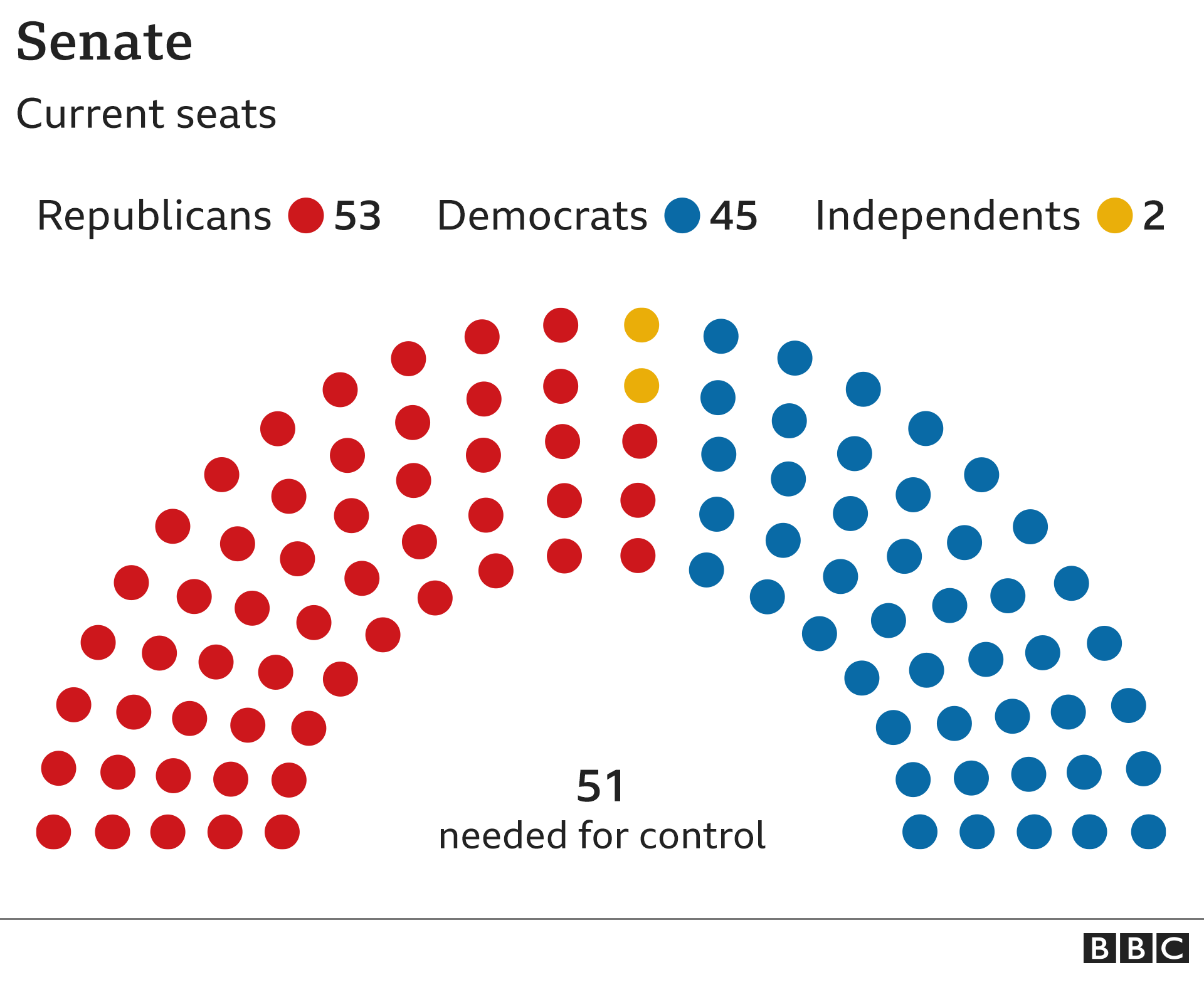Table Of Content

The Constitution vests certain exclusive powers in the House of Representatives, including the right to initiate impeachment proceedings and to originate revenue bills. The organization and character of the House of Representatives have evolved under the influence of political parties, which provide a means of controlling proceedings and mobilizing the necessary majorities. Party leaders, such as the speaker of the House and the majority and minority leaders, play a central role in the operations of the institution. Also referred to as a congressman or congresswoman, each representative is elected to a two-year term serving the people of a specific congressional district.
How many house seats are up for election in 2024? These are the U.S. House races to watch.
The House of Representatives shares equal responsibility for lawmaking with the U.S. As conceived by the framers of the Constitution, the House was to represent the popular will, and its members were to be directly elected by the people. In contrast, members of the Senate were appointed by the states until the ratification of the Seventeenth Amendment (1913), which mandated the direct election of senators.
For federal agencies
Representatives are usually identified in the media and other sources by party and state, and sometimes by congressional district, or a major city or community within their district. For example, Democratic representative Nancy Pelosi, who represents California's 11th congressional district within San Francisco, may be identified as "D–California", "D–California–11" or "D–San Francisco". Under the Articles of Confederation, the Congress of the Confederation was a unicameral body with equal representation for each state, any of which could veto most actions. The 14-member commission included five registered Republicans, five registered Democrats and four people registered without a political party. They were selected through a lengthy process run by the state auditors office. Voters created the commission in 2008 in an effort to remove partisanship from the process of drawing new political lines.
United States congressional apportionment
House members are elected for two-year terms from single-member districts of approximately equal population. From 1850 to 1900, the situation was substantially less clear. Congress passed a law in 1850 declaring future apportionment would be done with Hamilton's method.
LA Loses Congressional House Seat In New Political Map
Wins in local races will disrupt Michigan and Pennsylvania Democrats' hold on legislative chambers - The Associated Press
Wins in local races will disrupt Michigan and Pennsylvania Democrats' hold on legislative chambers.
Posted: Wed, 08 Nov 2023 08:00:00 GMT [source]
The approval of the Senate and the House of Representatives is required for a bill to become law. Both Houses must pass the same version of the bill; if there are differences, they may be resolved by a conference committee, which includes members of both bodies. For the stages through which bills pass in the Senate, see Act of Congress. However, the Constitution states, "All Bills for raising Revenue shall originate in the House of Representatives." Because of the Origination Clause, the Senate cannot initiate bills imposing taxes. This provision barring the Senate from introducing revenue bills is based on the practice of the British Parliament, in which only the House of Commons may originate such measures. Furthermore, congressional tradition holds that the House of Representatives originates appropriation bills.
After 110 years, a look at the benefits — and drawbacks — to expanding the chamber
Additionally, some territories may choose to also elect shadow representatives, though these are not official members of the House and are separate individuals from their official delegates. The House meets in the south wing of the United States Capitol. The rules of the House generally address a two-party system, with a majority party in government, and a minority party in opposition. The presiding officer is the Speaker of the House, who is elected by the members thereof.

Other floor leaders are chosen by the Democratic Caucus or the Republican Conference, depending on whichever party has more voting members. Counting both the House of Representatives and the Senate, women account for 153 of 540 voting and nonvoting members of Congress. That represents a 59% increase from the 96 women who were serving in the 112th Congress a decade ago, though it remains far below women’s share of the overall U.S. population. A record 128 women are serving in the newly elected House, accounting for 29% of the chamber’s total. In the Senate, women hold 25 of 100 seats, tying the record number they held in the 116th Congress. The late 19th and early 20th centuries also saw a dramatic increase in the power of the speaker of the House.

Senators
Republicans control the chamber with a narrow majority of just 7 members. To regain control of the House, Democrats needed a pick-up of 15 seats. According to original analysis by Ballotpedia, only 26 congressional districts were predicted to be competitive in 2014. The House also has one permanent committee that is not a standing committee, the Permanent Select Committee on Intelligence, and occasionally may establish temporary or advisory committees, such as the Select Committee on Energy Independence and Global Warming.
Narrowly divided House makeup shifts again with new vacancy - CNN
Narrowly divided House makeup shifts again with new vacancy.
Posted: Mon, 05 Feb 2024 08:00:00 GMT [source]
Washington
The number of voting representatives in the House is fixed by law at no more than 435, proportionally representing the population of the 50 states. Currently, there are five delegates representing the District of Columbia, the Virgin Islands, Guam, American Samoa, and the Commonwealth of the Northern Mariana Islands. Because the deadline for the House Clerk to report the results does not occur until the following January, and the states need sufficient time to perform the redistricting, the decennial census does not affect the elections that are held during that same year. The United States is divided into 435 congressional districts, each with a population of about 710,000 individuals.
Puerto Rico also elects a resident commissioner every four years. In most states, major party candidates for each district are nominated in partisan primary elections, typically held in spring to late summer. Exceptions can result in so-called floor fights—convention votes by delegates, with outcomes that can be hard to predict. Especially if a convention is closely divided, a losing candidate may contend further by meeting the conditions for a primary election. The courts generally do not consider ballot access rules for independent and third party candidates to be additional qualifications for holding office and no federal statutes regulate ballot access. As a result, the process to gain ballot access varies greatly from state to state, and in the case of a third party in the United States may be affected by results of previous years' elections.
Finally, routine police work is handled by the United States Capitol Police, which is supervised by the Capitol Police Board, a body to which the sergeant at arms belongs, and chairs in even-numbered years. The borders of Fresno area districts represented by Democratic Rep. Jim Costa and Republican Reps. David Valadao and Devin Nunes shifted significantly. Nunes has already announced he won't run for re-election and plans to lead a media organization launched by former President Donald Trump. Like Valadao, Democratic Rep. Josh Harder saw his Modesto-area district sliced almost in half, perhaps creating a more complicated path to re-election. Other California lawmakers who don't plan to seek reelection are Democratic Rep. Jackie Speier, who represents the San Francisco Bay Area, and Democratic Rep. Karen Bass, who plans to run for mayor of Los Angeles. The commission faced some criticism for a lack of transparency.
In Orange County, a major piece of Democratic Rep. Katie Porter's district, including Irvine, has been combined with beach communities along the coast that make up the bulk of Republican Michelle Steel's district, potentially creating a race between the two incumbents. The new district has a miniscule registration edge for Republicans. Porter is a fundraising powerhouse with more than $14 million in her campaign account. In Orange County, a major piece of Democratic Rep. Katie Porter’s district, including Irvine, has been combined with beach communities along the coast that make up the bulk of Republican Michelle Steel’s district, potentially creating a race between the two incumbents.
Increasing the size of the House would not resolve all the challenges facing the U.S., as any expansion would involve trade-offs. For instance, adding representatives could decrease day-to-day legislative efficiency, and it would undoubtedly increase the size of the federal government. Yet expanding the House is one of the more straightforward reforms that leaders in Washington could pursue in our era of polarized politics. The size of the House is determined by statute, not the Constitution, meaning Congress could pass (and the president could sign) a law to change it. Each state is guaranteed at least one member of the House of Representatives. The allocation of seats is based on the population within the states, and membership is reapportioned every 10 years, following the decennial census.









